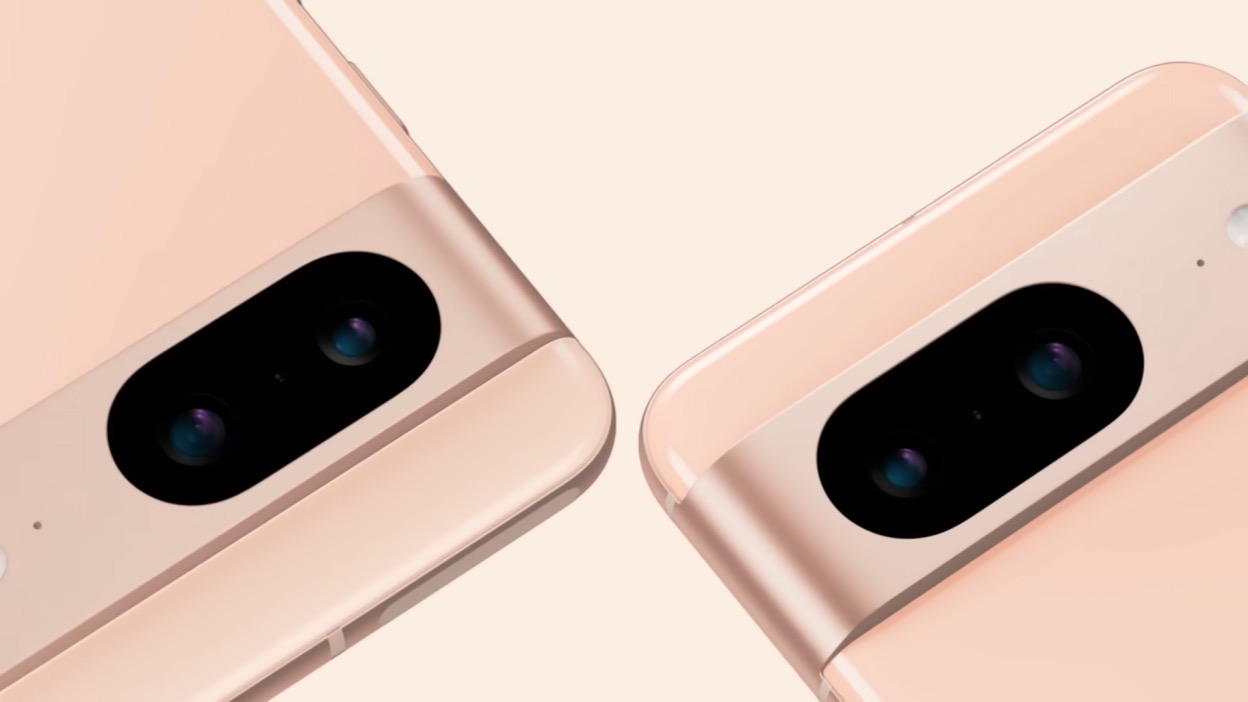Here's why I really want Google to unveil its Dolby Atmos rival alongside the Pixel 8
Project Cavier was meant to take on Dolby Atmos and Vision, but Google’s being tight-lipped on its progress

Next week Google’s set to host an event where it’s expected to unveil a wealth of new tech goodies, including its Pixel 8 line of smartphones.
But rather than worrying about the phones, the big question on many home cinema and audio fans' lips is, will it unveil a new Chromecast, Nest speaker, or a fresh over-ear set of Pixel headphones to take on the Apple AirPods Max?
I’ve already documented why I really want a follow-up, to the Chromecast Audio, in the run-up to I/O earlier this year. So to avoid repeating myself I’m going to focus this opinion piece on a different piece of Google tech I’d really like an update on during its latest event that isn't on the list above. Specifically, its mysterious Dolby Atmos and Dolby Vision rival, Project Caviar.
Not heard of that before? You’re not alone, Google has been atypically tight-lipped about the project since it was first “revealed”.
The short version is that we first got wind of the project via a report from Protocol in 2022. In it, Protocol alleged it had learned about a new mysterious project in Google towers, where its engineers are working to create rivals to Dolby’s ruling Atmos 3D audio and Vision HDR tech.
Why’s that exciting? After all, we already have plenty of HDR standards to choose from, ranging from Hybrid Log Gamma to the more common HDR10+ and it's hard to see Google being the company best placed to dethrone Dolby Atmos as the top dog surround-sound solution for movies.
Well, it is still is exciting for one key reason – according to rumours, the standards will be free to use.
The latest hi-fi, home cinema and tech news, reviews, buying advice and deals, direct to your inbox.
To put that in context, Dolby currently charges a royalty fee to use Atmos and Vision, which is why a lot of cheaper devices don’t have it. Putting aside performance and hardware, simply using the branding entails a cost that inevitably drives up a product’s RRP. If Google made a standard that was free to use it could see the tech trickle down to cheaper hardware that otherwise wouldn't support HDR or 360 surround sound.
Would it be as good as Dolby’s though? We have no clue, unfortunately, as Google has refused all requests for comment on Project Caviar, including the one our TV/AV editor Tom Parsons sent ahead of Google I/O 2023, and the one I threw at them the day before writing this article.
But the fact it’s free and could bring the tech to cheaper devices is compelling and could lead to a spike in innovation. As I noted in my argument detailing why Lenbrook buying MQA is a good thing for hi-fi – competition always breeds innovation and Google has the chops and reach, especially with YouTube, to do that to Dolby.
After all, how many phones, TVs, and tablets run a version of Android and have YouTube pre-installed? The answer is a lot, so if you added support for the mythical standards to even a small percentage of those, then Project Caviar's user base would already be giant.
And that’s the key reason why, instead of new hardware, I’m really hoping for some concrete information on Project Caviar at its event next week.
MORE:
These are the best Dolby Vision TVs we've tried and tested
Need to upgrade your TV's sound? These are the best Dolby Atmos soundbars we've reviewed
Here are our picks of the best Dolby Atmos scenes to test your sound system

Alastair is What Hi-Fi?’s editor in chief. He has well over a decade’s experience as a journalist working in both B2C and B2B press. During this time he’s covered everything from the launch of the first Amazon Echo to government cyber security policy. Prior to joining What Hi-Fi? he served as Trusted Reviews’ editor-in-chief. Outside of tech, he has a Masters from King’s College London in Ethics and the Philosophy of Religion, is an enthusiastic, but untalented, guitar player and runs a webcomic in his spare time.
